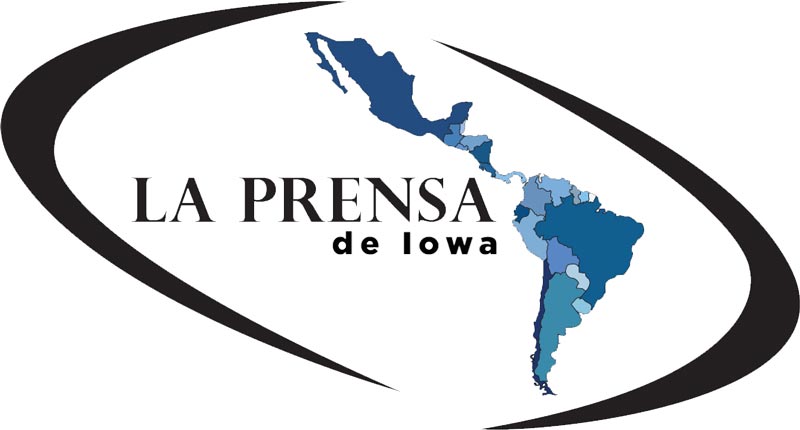La sequía sigue en aumento en Iowa
/Jared Strong
Iowa Capital Dispatch
En Iowa las últimas semanas no ha habido suficientes precipitaciones para mejorar significativamente las condiciones secas, y en el horizonte se vislumbra una serie de días sin lluvia, y altamente calurosos.
Es por eso que el Centro federal de Predicción Climática no es optimista con respecto a los próximos meses sobre el alivio de la sequía en la mayor parte del estado. En un informe del jueves, el centro predijo que la sequía persistiría en la mayor parte del estado hasta noviembre.
"No vamos a recoger, al menos en el modelo, suficiente lluvia o precipitación en general para eliminar esas condiciones de sequía," dijo el climatólogo estatal Justin Glisan. "Eso mantendrá el mapa de sequía básicamente en estatus quo."
El nuevo pronóstico de sequía es un cambio con respecto a hace dos semanas, cuando la sequía parecía disminuir en gran parte del estado en los próximos meses.
Las expectativas de este mes de mayores precipitaciones se han hecho realidad en amplias zonas del Medio Oeste, pero la lluvia no llegó a gran parte de Iowa.
Se concentró en las dos primeras semanas de agosto en aproximadamente la mitad suroeste del estado. Amplias zonas del oeste y sur de Iowa han recibido al menos el doble de las precipitaciones normalmente esperadas, mientras que amplias zonas del noreste de Iowa han recibido menos de la mitad, según Pete Boulay, climatólogo estatal asistente de Minnesota, quien ofreció el jueves pasado una visión general del clima regional.
Según el U.S. Drought Monitor, la sequía en Iowa se ha mantenido prácticamente estancada este mes. La sequedad disminuyó donde hubo lluvias y se intensificó donde no las hubo.
Según un informe del jueves, alrededor del 74% del estado sufre algún grado de sequía. Eso es menos que aproximadamente el 83% hace dos semanas.
Pero el área del estado que sufre una sequía severa se expandió un 10%.
Para complicar la situación hay una ola de calor de altas temperaturas que se acercan a los 100 grados y que al menos durará cinco días. Es el resultado de una cresta atmosférica de alta presión que se espera que permanezca sobre Iowa.
"Es una cresta gigante", dijo Boulay. "Significa calor y sequedad en muchos lugares."
Translation
Drought continues to increase in Iowa
Jared Strong
Iowa Capital Dispatch
In Iowa in recent weeks there has not been enough rainfall to significantly improve dry conditions, and a series of rainless days, and extremely hot days, looms on the horizon.
That's why the federal Center for Climate Prediction is not optimistic about the next few months about the relief of drought in most parts of the state. In a report on Thursday, the center predicted that the drought would persist in most of the state through November.
"We're not going to pick up, at least in the model, enough rain or overall precipitation to eliminate those dry conditions," said state climatologist Justin Glisan. "That will keep the drought map basically status quo."
The new drought forecast is a change from two weeks ago, when the drought appeared to ease across much of the state in the coming months.
Expectations this month for increased rainfall have come true across large parts of the Midwest, but much of Iowa hasn't received much rain.
It was concentrated in the first two weeks of August in roughly the southwestern half of the state. Large parts of western and southern Iowa have received at least twice the normally expected rainfall, while large parts of northeast Iowa have received less than half, according to Pete Boulay, Minnesota assistant state climatologist, who offered last Thursday an overview of the regional climate.
According to the U.S. Drought Monitor, the drought in Iowa has remained virtually stagnant this month. The dryness decreased where there was rain and intensified where there was not.
According to a report Thursday, about 74% of the state is experiencing some degree of drought. That's down from about 83% two weeks ago.
But the area of the state experiencing severe drought expanded by 10%.
Complicating the situation is a heat wave with high temperatures approaching 100 degrees that will last at least five days. It is the result of a high pressure atmospheric ridge that is expected to remain over Iowa.
"It's a giant ridge," Boulay said. "It means hot and dry in many places."






































